An Introduction to the Three Act Structure
“Learn the rules like a pro, so you can break them like an artist.” ― Pablo Picasso
Despite the plethora of stories that use structure in exciting ways, popular perception seems to be that structure stifles your creativity and creates cookie-cutter storytelling. I bought into this belief for a long time, holding firm that if I wrote my stories without concern for these “restrictive” ideas, I could produce great works of fiction. Unfortunately, what I ended up doing was getting lost—a lot!
My stories never found a solid conclusion and never gave the reader—or myself—any payoff. Worst of all, I didn’t understand what I was doing wrong. I had believed the Three Act Structure would hurt my writing, but once I stepped back, I realized it was what I needed the most.
_______________________________
This article is part of a series of posts about the Three Act Structure, as well as how to put this story structure to work as you write your novel. If you’d like to check out the rest of the series, you can do so here: The Complete Story Structure Series
_______________________________
Contents
The Universal Appeal of the Three Act Structure
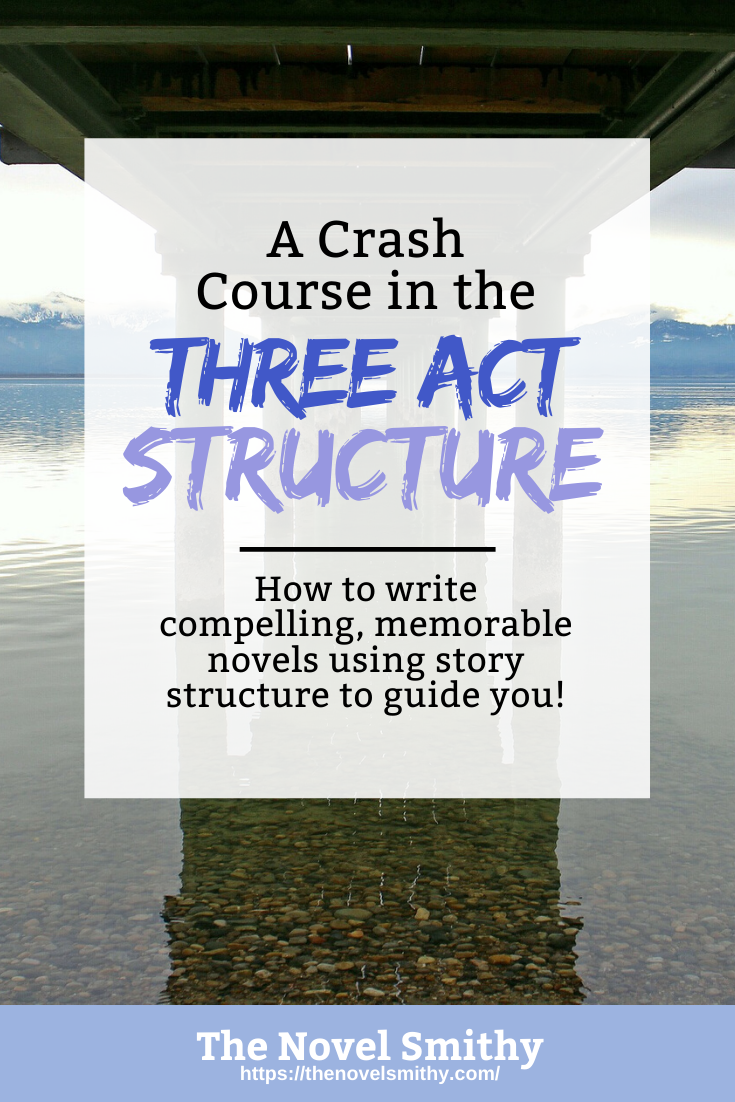 There’s a reason the Three Act Structure is nearly universal, seen in everything from Hollywood blockbusters to indie films, bestselling novels, and popular short stories.
There’s a reason the Three Act Structure is nearly universal, seen in everything from Hollywood blockbusters to indie films, bestselling novels, and popular short stories.
It’s proven to work!
At it’s core, the Three Act Structure is a storytelling form comprised of a Setup, a Confrontation, and a Resolution. The more commonly known terms are Act 1, 2, and 3, hence The Three Act Structure.
This reference to acts comes from its origins in play writing, where it was first outlined by Aristotle in his book, Poetics. He observed how Greek plays used common story beats to engage and entertain their audiences, while still passing on their own unique lessons.
Each act has a role to play in setting up what follows, coming together in a Climax that feels resonate, impactful, and cathartic—a term we’ll revisit later in the article.
Ultimately, by learning the rules of The Three Act Structure, you equip yourself with the knowledge to break them in fascinating ways—but without this foundation, it’s easy to fall into common writing traps, creating stories that go nowhere and lack any real payoff.
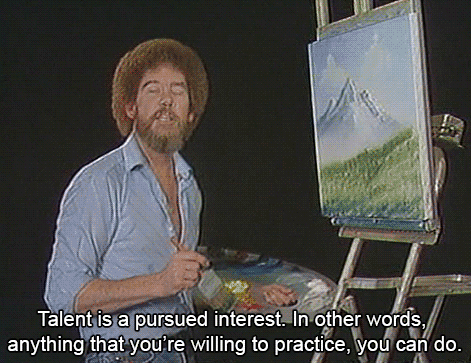
This article is here to give you an introduction to the Three Act Structure and an understanding of the basics I so desperately needed all those years ago. I’ll cover what comprises this structure—using Star Wars IV: A New Hope as an example—and talk about how and why you’ll want to keep it in mind as you write.
Now, let’s begin our crash course on structuring a novel, courtesy of The Three Act Structure!
What Is the Three Act Structure?
Act 1 – Setup (1-25%):
Act 1 comprises roughly the first quarter of your novel, and fulfills the important function of setting up your story’s world and characters. Additionally, it’s also charged with asking the main question your story seeks to answer.
All together, Act 1 built on four key plot points, with time to develop your setting and conflict in between. When combined, these catch your reader’s interest and give them the tools to understand the basics of your story.
- Where is this all taking place?
- Who is the protagonist?
- Why should I care about them?
- Why does the conflict matter?
- Why does it matter to the protagonist personally?
Most importantly, you’ll want to introduce the core question of your story’s conflict.
Will the guy marry his boyfriend? Will the dragon eat Bilbo? Will peace return to the galaxy? Whatever it is, it needs to be woven into the Hook, the Inciting Event, the Key Event, and the First Plot Point.
The Hook: This is how you get your reader’s attention when they first begin your story. Introduce them to who your protagonist is and what makes their world unique, and encourage them to start asking questions about your story’s conflict.
The Inciting Event: The Inciting Event sets the conflict of your plot in motion, preparing for when your protagonist will get involved later on.
The Key Event: Here is where your protagonist will become firmly involved in the conflict—but don’t worry. There is still plenty of time for them to prepare for their quest, both mentally and physically. They may still need convincing to start their journey at all.
The First Plot Point: This is where your story truly begins. Your protagonist is prepared and now makes the final decision to engage with the plot and your story’s conflict. There is no turning back.
Act 2 – Confrontation (25-75%):
Once your story has been introduced by Act 1, you can enter the meat of your story—Act 2.
This will form the bulk of your page count at around 50%, and will consist of a series of tests and trials that see your protagonist grow and change, preparing them for the Climax and fleshing out the stakes of the conflict at hand. Here you can explore character arcs, subplots, secrets, and foreshadowing that will make your story more exciting and compelling!
Of course, because it’s so large, it’s easy to be overwhelmed by Act 2.
To help you move past this overwhelm, think of it in two parts, separated by the Midpoint. The first half of Act 2 sees your character reacting to the events of the plot, being driven forward by the outside forces of their new world. On the other hand, the second half sees them finally begin driving the plot forward. They’ve gained new skills and goals at the Midpoint, allowing them to take a more active role in their own story.
Still, not everything is perfect for them—Act 2 closes with the Third Plot Point, your character’s darkest moment along their journey.
The First Pinch Point: If you haven’t introduced your antagonist, now is the time to do so. If you have, remind readers why they should take them seriously. Reinforce the stakes of the conflict you established in Act 1 and why this conflict matters.
The Midpoint: This marks a turning point for your protagonist. Whereas before they were reacting to forces beyond their control, now they’re ready to take on the conflict ahead. Essentially, the Midpoint acts as a catalyst for your protagonist.
The Second Pinch Point: A follow up from the First Pinch Point. In the afterglow of the Midpoint, remind your protagonist and your readers why they need to fear the antagonist. They haven’t overcome the conflict just yet!
The Third Plot Point: Your protagonist’s darkest moment. As far as they can tell, the antagonist has won. This sets up the Climax, where they must prove their ability to overcome the conflict against all odds. The pace of your story speeds up from here on out, leading to a tense Climactic Moment.
Act 3 – Resolution (75-100%):
Act 3 begins immediately after your Third Plot Point and marks a dark and tense time for your character. This is where you’ll find the Climax of your story, or the final confrontation between your protagonist and antagonist, but it’s also where the loose threads of your story must come together. Any foreshadowing or subplots you set up in Act 1 and 2 are tied off here.
Most importantly, Act 3 is the culmination of your protagonist’s arc, as well as any other major character arcs in your story. All of the skills and knowledge they gained during Act 2 will be put to the test here.
Fortunately, Act 3 isn’t all doom and gloom, as it wraps up with the Resolution.
This lets Act 3 pull double duty—it has the highest point of tension and the quickest pacing balanced by the greatest moment of release, also called catharsis.
Your goal as a writer is to provide your reader with this moment of catharsis at the Resolution of your story, a moment of peace and reflection where they see the effects of the conflict on the world and characters they’ve grown to love. This may be bittersweet or it may be joyous, but it should produce the same effect of emotional release that deeply impacts your reader.
The Climax: Time to ramp up the tension. Your protagonist and antagonist are on a crash course and the reader is racing towards the finale alongside them. Begin setting up the Climactic Moment, which comes soon.
The Climactic Moment: This is the decisive moment within your Climax. Will the protagonist succeed or succumb to the antagonist? Here you must answer the question you presented in Act 1. Will he get the girl? Will she get the job? Will Unicorns return to Earth? Whatever it may be, answer it here.
The Resolution: Time to breathe a sigh of relief with your readers and protagonist—the conflict has been resolved. Now comes the task of figuring out how their lives will continue from here. Will they begin to recover from their journey? They may return home, but their world will never be the same. There may even be hints of a sequel here!
The Three Act Structure in Action
Star Wars, a franchise that has spawned movies of such tremendous heights as The Empire Strikes Back and such disappointing lows as the The Last Jedi, all started with A New Hope.
This movie created the foundation for all that would come after it, in many ways because of how well it used The Three Act Structure. So, let’s unpack at how Luke Skywalker’s debut story works within the structure we’ve been looking at so far!
Act 1 — Setup:
- Hook: Princess Leia’s ship is intercepted by the Darth Vader, who is seeking plans that were stolen by rebel forces hoping to destroy the Death Star. He kills everyone on board but captures the Princess.
- Inciting Event: Leia is in possession of those plans, and hides them with a droid named R2-D2, recording a plea for help and sending the droid to find an old Jedi friend on Tattooine.
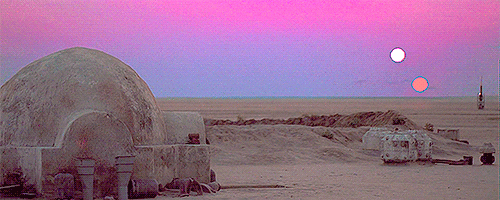
- Key Event: Luke Skywalker, a farm boy on Tattooine, buys R2-D2 and his friend C3-PO with his uncle, taking them home to help with the farm work. This will later cause him to meet Obi-Wan Kenobi when R2-D2 runs away.
- First Plot Point: Upon returning home, Luke finds that his aunt and uncle have been killed by Stormtroopers searching for R2-D2. Now with a personal reason to hate the Empire, Luke joins Obi-Wan to find a ship that can take them to Alderaan to rescue Princess Leia.
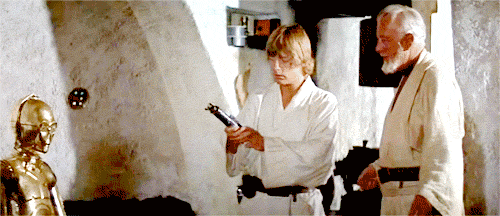
Act 2 — Confrontation:
- 1st Pinch Point: Leia is forced to watch as her home planet of Alderaan is destroyed by the Death Star after being tricked into revealing the location of the rebel base.
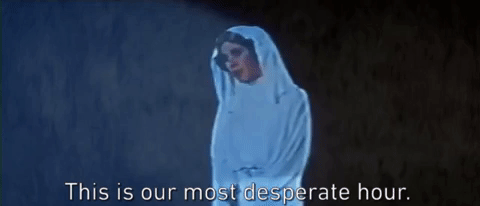
- Midpoint: Upon reaching where Alderaan should have been Luke and his friends find nothing but an asteroid belt. While they wonder what could have happened, the Millennium Falcon is pulled aboard the Death Star and the group must escape, made even more complex when they realize Princess Leia is also aboard the Death Star.
- 2nd Pinch Point: To escape from Stormtroopers, Luke, Leia, Han, and Chewbacca jump down an empty shaft, only to get trapped in a trash compactor. The group desperately calls to C3-PO to turn off the compactor and are saved at the last moment.
- Third Plot Point: Under pursuit from Stormtroopers, Luke, Han, Leia, and Chewbacca escape to the Millennium Falcon. Meanwhile, Obi-Wan duels with Darth Vader, accepting defeat and death in order for Luke and the rest of the crew to escape. Luke watches as Obi-Wan dies and is distraught at this loss, but Obi-Wan’s ghost urges him to escape.
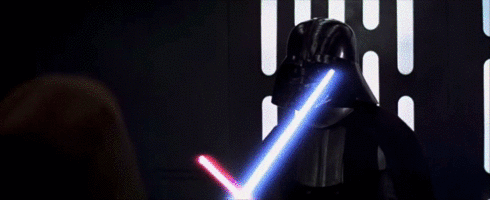
Act 3 — Resolution:
- Climax: As the Death Star approaches the rebel base, Luke and other rebel pilots scramble to destroy it with the knowledge they gained from the stolen plans.
- Climactic Moment: In the decisive moment, Han Solo returns to save Luke from Darth Vader’s ship, giving Luke the opening he needs. By trusting the force, Luke is able to fire the torpedoes and blow up the Death Star, saving the rebellion.
- Resolution: The story of a New Hope closes with Leia honoring Luke and Han in a ceremony at the rebel base, showing the survival of the rebel cause and their new found heroes!
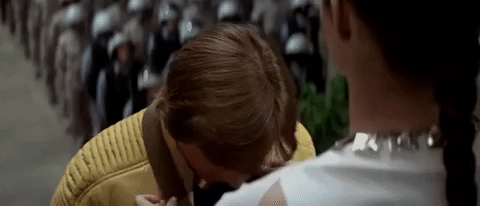
The Power of the Three Act Structure
By using story structure, you don’t confine yourself to a formulaic story. Instead, you provide your readers with cohesion, emotional payoff, and tight pacing that keeps them engaged for the entire ride. Because structure manifests in so many aspects of the writing process, it’s a fantastic tool for ensuring every beat of your story hits home.
Of course, many people worry that using structure will damage their creativity, and I understand that fear. The way creative writing is taught makes it seem like The Three Act Structure is an uncompromising dogma that forces you to follow its whims exactly, but that’s far from the truth.
The key is in how you use it.
If your story lacks a Second Pinch Point, but your beta readers don’t feel the story suffers, great! Don’t feel pressured to force your story into a structure if it’s working as is. On the other hand, if your story is sagging in the middle and you can’t figure out why, The Three Act Structure is there to provide answers. In that regard, it’s no different from outlining.
Ultimately, if you understand structure you have a road map for your story, preventing you from falling into the aimless wanderings I suffered from when I began writing. With wise use of The Three Act Structure, you’ll hopefully be a more productive and happy writer as a result! 🙂



Excellent article, I´m proud about your explanation,
it is very satisfying. Greetings Lewis.
Wow! I so needed this. Thanks guys. At least I know I’m on the right track now.
Glad to help Darryl!
Hello, Lewis. I have read that in the inciting event is where our dramatic question should be set, but I have noticed that many times it is set in the key event and that confuses me, could you give me your opinion about this?
Hi Pearl!
That’s a great question, and I can definitely understand your confusion. Ultimately, you want your Dramatic Question to be revealed when it comes up naturally within your story. Typically that would be the Inciting Event, since that’s when your novel’s core conflict is set in motion. However, sometimes the Key Event will make more sense, depending on your particular story. Either way is ok, so long as your Dramatic Question is clearly revealed at some point during Act 1.
As an extra note, if you can resolve your Hook at the same time you reveal your Dramatic Question, you’ll have a much better chance of keeping your readers engaged. While this isn’t a requirement, it’s something to keep in mind as you plan your story.
I hope that helps! 🙂
Yes, I was analyzing the classic movie Spirited Away and there I realized that the inciting event is when Chihiro and her family run into the wall that divides the human world from the spirit world, however, the key event would be when she finds her parents turned into pigs and the dramatic question would be: will she manage to save her father from the spell?
Doing this analysis my confusion was born, but your answer was very helpful. If one day you post an analysis of Spirited Away it will be a pleasure to read it.
Where’s your ‘second plot point’? I see a first and a third…
Hey there Ellie, good question! The “Second Plot Point” is actually the Midpoint, the second of the main trio of plot points prior to the Climax. It’s most commonly referred to as the Midpoint since it marks the turning point at the middle of a story. I hope that helps!